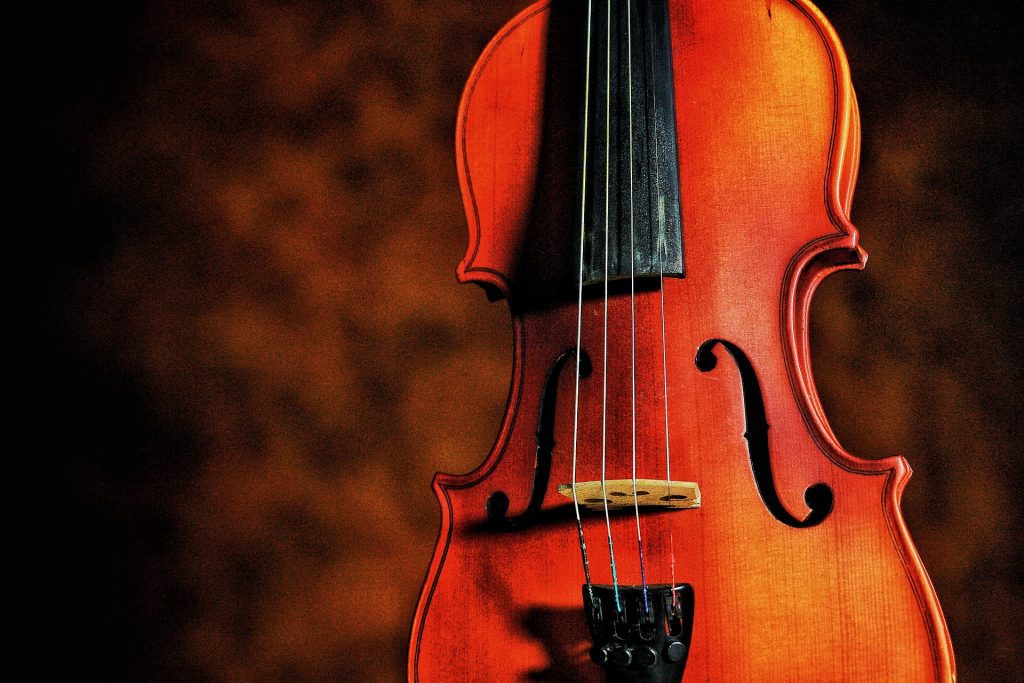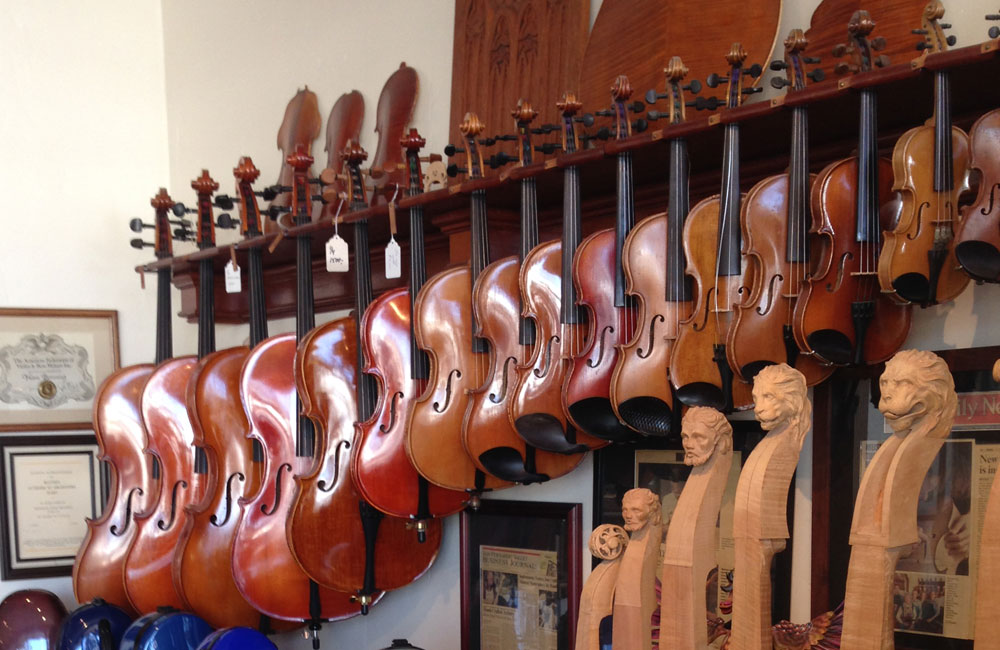Rosin is an essential accessory for viola players. It enhances the friction between the bow and the strings to produce a rich, resonant tone. Finding the best rosin for your viola can significantly impact your playing experience, from tone quality to grip and responsiveness. In this guide, we’ll delve into the world of rosin. We’ll provide insights, reviews, and recommendations to help you discover the ideal rosin for your viola.
The Best Rosins for Viola
There’s nothing like the sound of a viola playing with the perfect rosin. But what is the best rosin for viola? Here’s the answer!
- Pirastro Goldflex Rosin
- D’Addario Kaplan Premium Rosin
- The Original Bernardel Rosin
- Hidersine VP-036V
- Hill VP-02D Bow Rosin
- D’Addario Mini Rosin
Many types of rosin are available on the market, so it can take time to decide which one to choose. Here is a list of the best viola rosins from the best brands. Pirastro, Thomastik-Infeld, and D’Addario are the best brands. It’s based on our experience and research.
| Pirastro Goldflex | D’Addario Kaplan Premium | The Original Bernardel | Hidersine VP-036V | Hill VP-02D Bow Rosin | D’Addario Mini Rosin |
 | 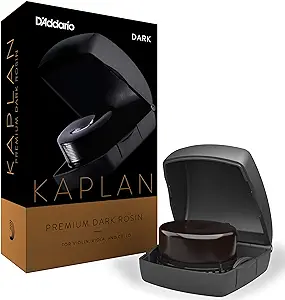 | 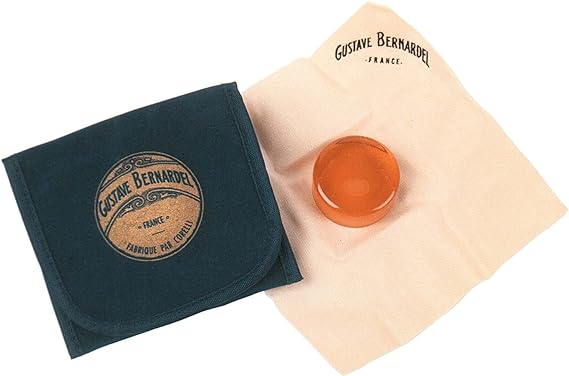 | 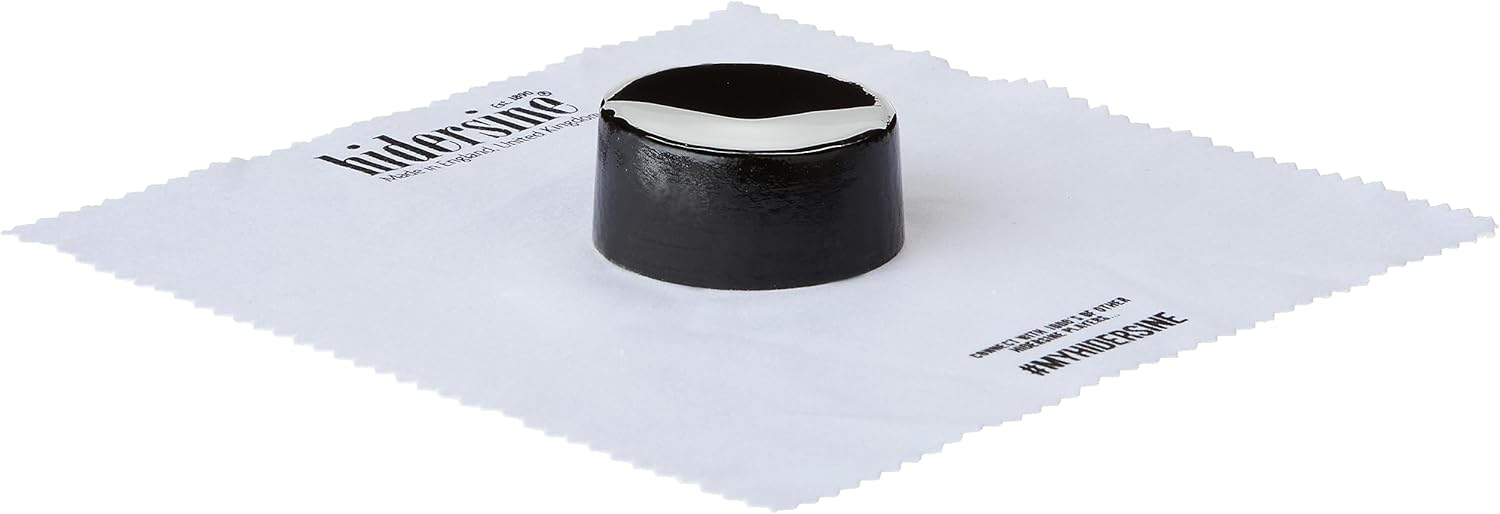 | 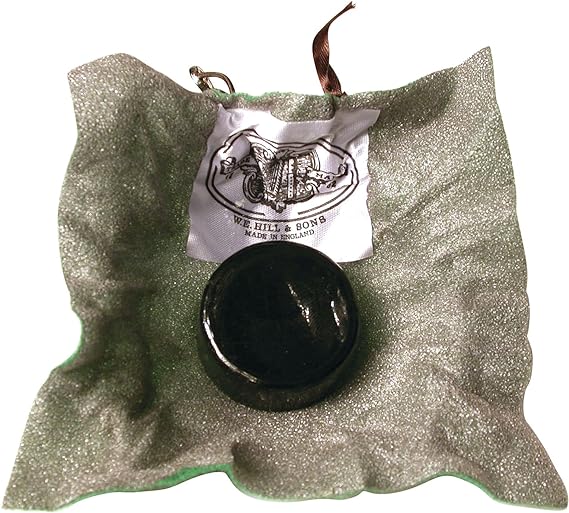 | 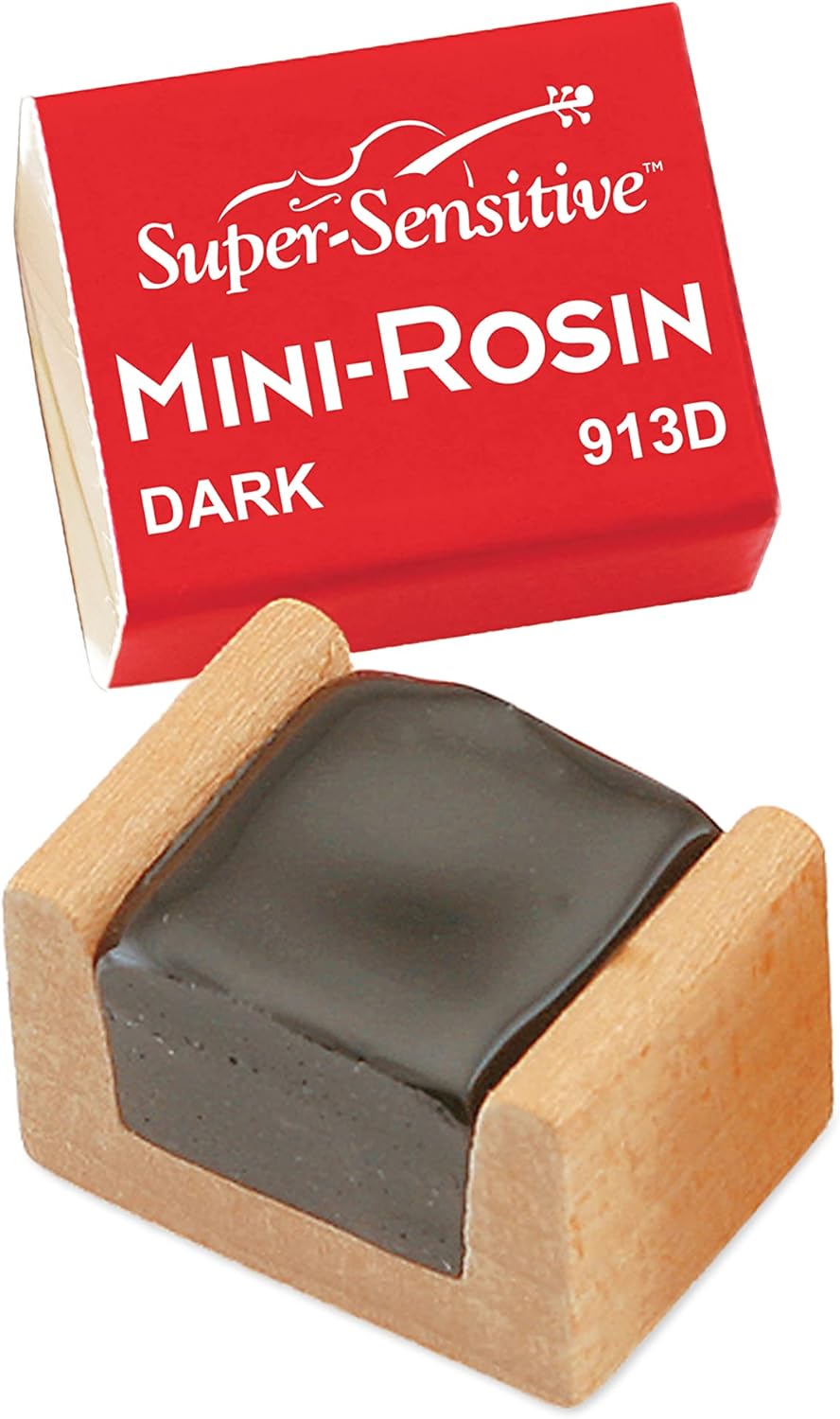 |
| Check on Amazon | Check on Amazon | Check on Amazon | Check on Amazon | Check on Amazon | Check on Amazon |
Different Types of Rosin for Your Viola Bow
Different types of rosin are available for viola players, and each one offers its unique benefits. For example, some rosin’s design is to provide a smoother sound. Others may be better for producing a more powerful tone. Ultimately, it’s up to the player to experiment with different rosins to find the one that works best for them.
Dark Rosin: Derived from pine resin, dark rosins are known for their rich and warm tones. They provide excellent grip and are favored by violists seeking depth in their sound.
Light Rosin: Typically made from a blend of tree resins, light rosins offer brighter tones with enhanced clarity. They are suitable for achieving a crisp sound and quick response.
Amber Rosin: Combining the qualities of both dark and light rosins, amber rosins strike a balance between warmth and clarity. They cater to musicians seeking versatility in their sound.
Factors to Consider When Choosing Viola Rosin
Rosin Type: Light rosin is typically preferred for warmer climates or higher humidity levels, offering a more delicate grip. Conversely, dark rosin suits cooler environments, providing a stronger grip and enhancing the projection of sound.
Viola Size and Material: The size and material of your viola play a pivotal role in selecting the right rosin. For instance, a smaller viola might benefit from lighter rosin for smoother playability.
Bow Hair Type: Different bow hair materials (such as synthetic or horsehair) can interact differently with various types of rosin, impacting the resulting sound quality.
Playing Style and Genre: Your preferred music genre influences the rosin you should choose. Classical musicians might opt for a softer rosin, while contemporary players might prefer a firmer grip for enhanced articulation.
Why is it Important to Rosin Before Play?
Rosin catalyzes the bow and strings, enabling friction and sound production. It affects the grip of the bow on the strings, directly influencing the tonal quality and resonance.
Rosin is an essential part of your viola bow because it helps to create friction between the bow and the string. This friction is necessary to produce a sound when you play the viola. Without rosin, the bow would slip and slide across the string without producing sound. Rosin also helps to protect your bow hair from wear and tear.
How to Use a Rosin?
Rosin is an integral part of playing the viola, and rosining your bow is a simple process that only takes a few minutes. You’ll need a piece of rosin and your viola bow. First, Tighten your bow. Rosining the bow with loose bow hairs can damage them.
Start with your rosin cake at the base of the bow. Slowly and gently, pass the bow across the cake’s surface from the bottom of the bow hairs to the top. Bowing should be done relatively and consistently so that rosin is applied evenly. Wait to move too quickly because the friction generates heat and can solidify the rosin cake. Rotate the rosin cake, so the surface wears equally over time. Use a soft cloth to wipe excess rosin dust off your instrument after bowing. Use sparingly rosin, as this can cause the bow to slip.
A player should reapply rosin every four to six playing hours, which equals about two times per week.
Tips for Getting the Most out of Your Rosin
A resin can be used for a long time. A resin block can last you longer than a year if you wish. It may break if dropped from the hands or hit hard. If it breaks, you can buy another one or you can fix it. To fix this, collect the broken pieces in a mold. You would need to heat the pieces of resin, which will turn into liquid. Once the resin cools, it will solidify again. Then you can use that solid piece of rosin again. This way, you can get the most out of rosin. If you’re looking for the best rosin for viola, look no further! We’ve compiled a list of the top rosins on the market, perfect for giving your viola the perfect sound. We hope this review can help you make the best decision for your needs.
FB Page: Classical Beast

